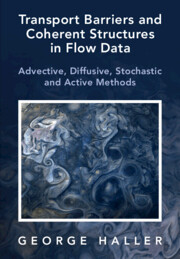Laser-induced three-dimensional (3D) Richtmyer–Meshkov and Rayleigh–Taylor instabilities (RMI and RTI) on metal target in the semi-confined configuration (SCC) show the new paradigm of wave-vortex mixing. The SCC enables extended lifetime of a hot vapor/plasma plume above the target surface and the formation of fast multiple reshocks. This causes – in the central region (CR) of Gaussian-like spot – the evolution of RMI with the spike breakup (Lugomer, 2016b), while in the near CR causes the RMI followed by the RTI. The density interface is transformed into the large-scale broken irregular, quasi-periodic web, which comprises the RTI mushroom-shape spikes and the coherent wave-vortex structures such as the line solitons and vortex filaments. The intensity and direction of reshocks change (due to irregularity of the interface) and cause the formation of domains with the weak and the strong reshocks effects. The weak reshocks affect mushroom-shape spikes only slightly, while the strong ones cause their deformation and symmetry break, bubble collapse, and separation of the horizontal flow into vortex ribbons. Interaction of ribbons with spikes and bubbles causes the ribbon pinning, looping, winding, and formation of knotted and tangled structures. The line solitons, vortex filaments, and ribbons tend to organize into complex large-scale structures with the low wave-vortex turbulent mixing. They represent the new paradigm of 3D RMI and RTI in which the transition to the small-scale turbulent mixing does not appear.






